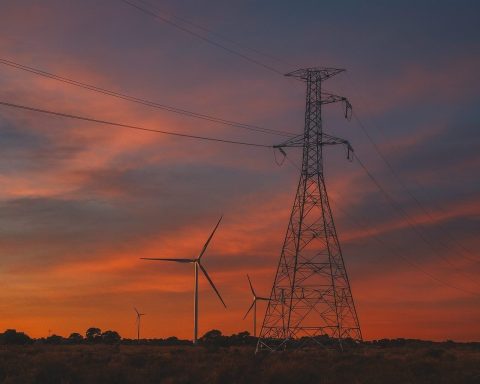
Snow Forecast Today: How Much Snow Is Expected Across the U.S. on Sunday, December 14, 2025
A quick-hitting winter system is delivering a broad swath of snow from the Midwest into the Appalachians and the I-95 corridor, while lake-effect bands continue to pile up snow downwind of the Great Lakes. At the same time, an arctic










